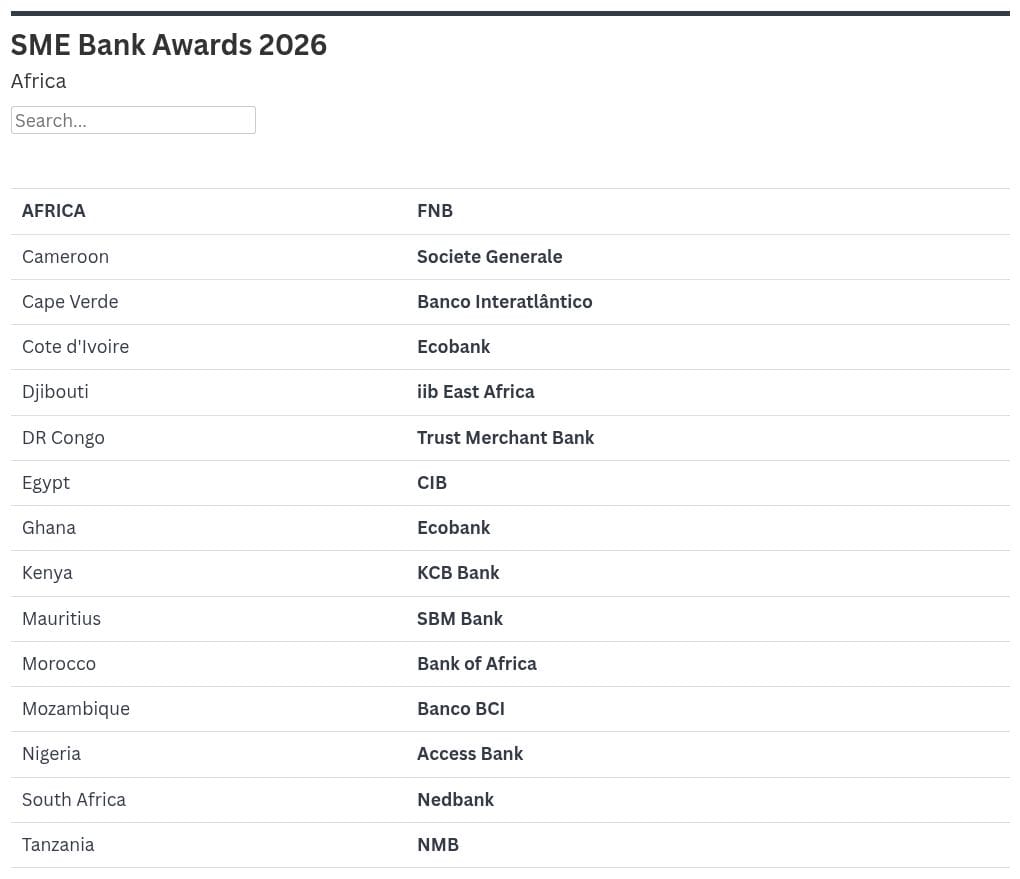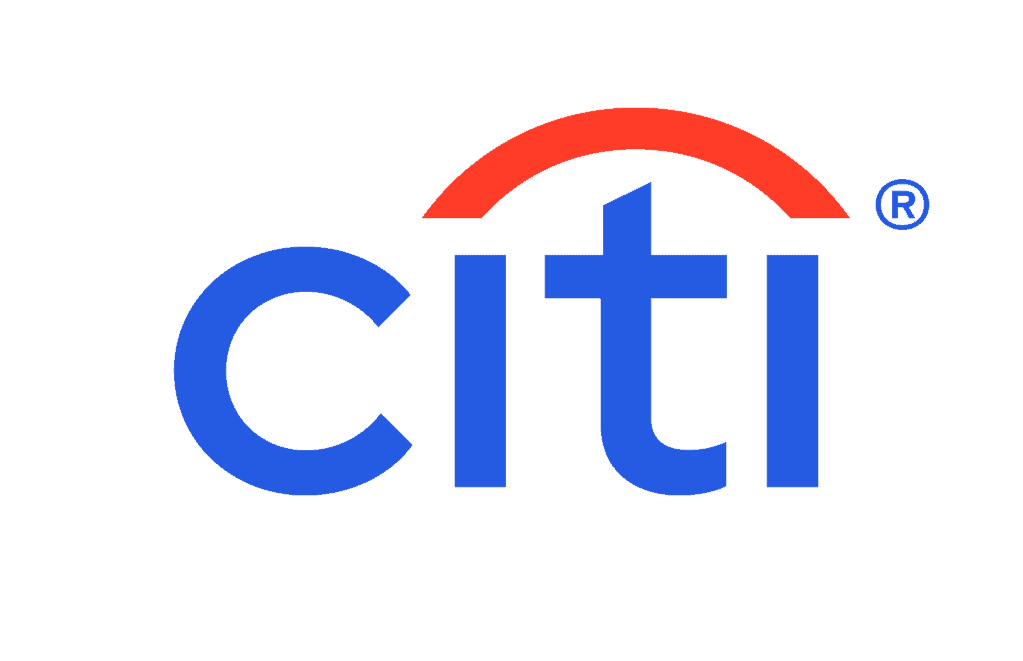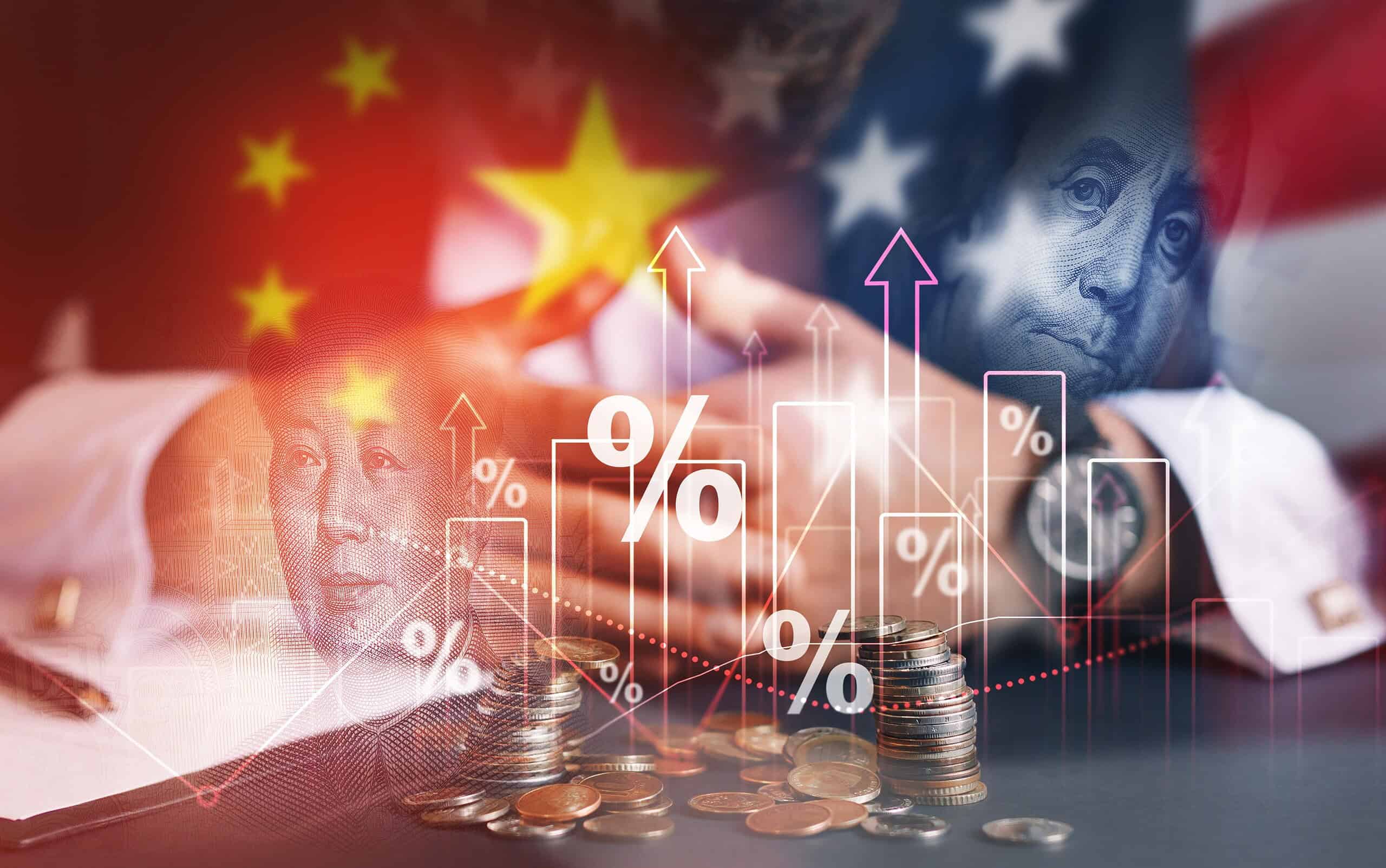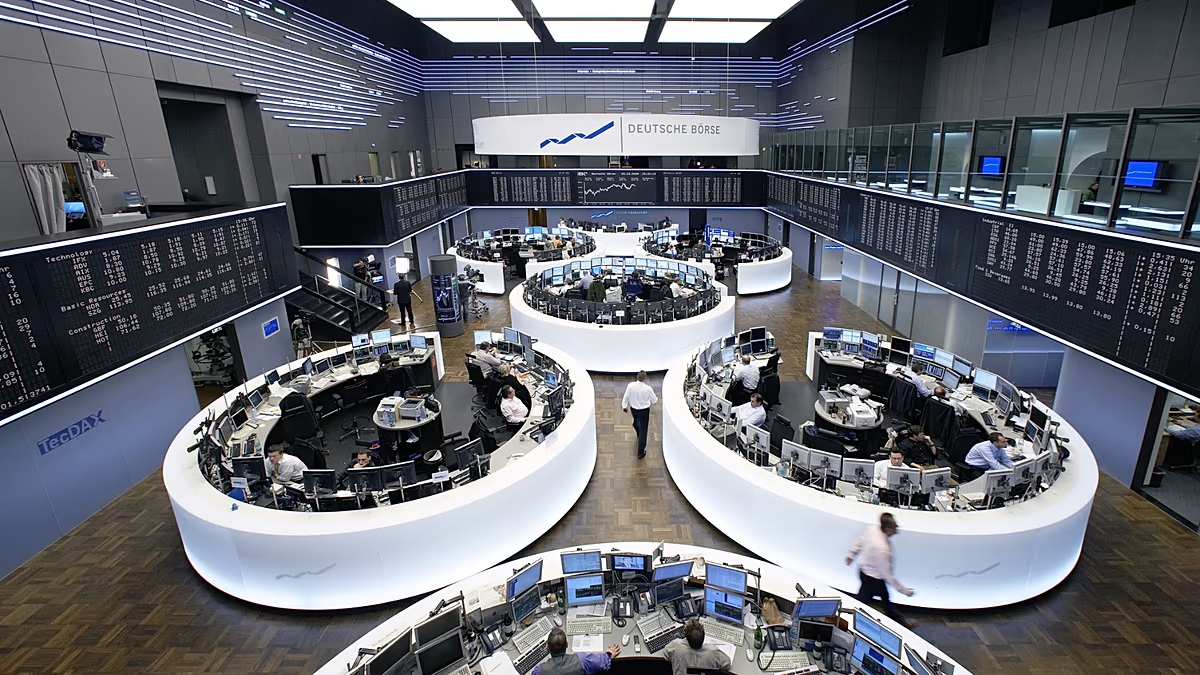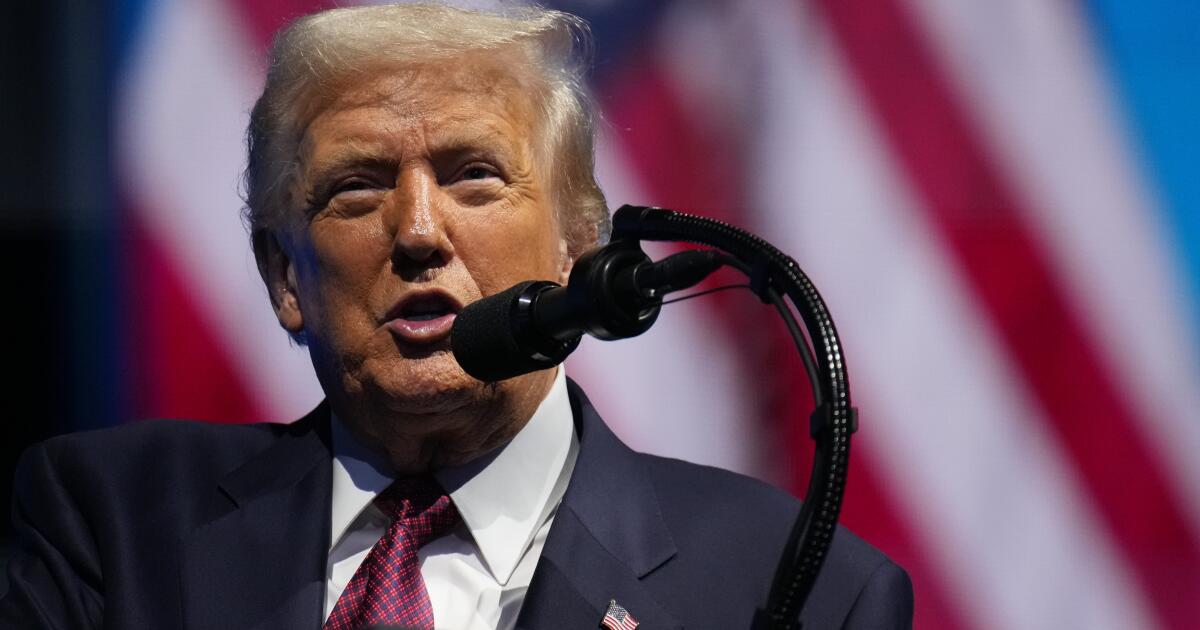NEW YORK — A federal appeals court on Thursday gave new life to President Trump’s bid to erase his hush money conviction, ordering a lower court to reconsider its decision to keep the case in state court instead of moving it to federal court.
A three-judge panel in the 2nd U.S. Circuit Court of Appeals ruled that U.S. District Judge Alvin Hellerstein erred by failing to consider “important issues relevant” to Trump’s request to move the New York case to federal court, where he can seek to have it thrown out on presidential immunity grounds.
But, the appeals court judges said, they “express no view” on how Hellerstein should rule.
Hellerstein, who was nominated by Democratic President Bill Clinton, twice denied Trump’s requests to move the case. The first time was after Trump’s March 2023 indictment; the second followed Trump’s May 2024 conviction and a subsequent U.S. Supreme Court ruling that presidents and former presidents cannot be prosecuted for official acts.
In the later ruling, at issue in Thursday’s decision, Hellerstein said Trump’s lawyers had failed to meet the high burden of proof for changing jurisdiction and that Trump’s conviction for falsifying business records involved his personal life, not official actions that the Supreme Court ruled are immune from prosecution.
Hellerstein’s ruling, which echoed his previous denial, “did not consider whether certain evidence admitted during the state court trial relates to immunized official acts or, if so, whether evidentiary immunity transformed” the hush money case into one that relates to official acts, the appeals court panel said.
The three judges said Hellerstein should closely review evidence that Trump claims relate to official acts.
If Hellerstein finds the prosecution relied on evidence of official acts, the judges said, he should weigh whether Trump can argue those actions were taken as part of his White House duties, whether Trump “diligently sought” to have the case moved to federal court and whether the case can even be moved to federal court now that Trump has been convicted and sentenced in state court.
Ruling came after oral arguments in June
Judges Susan L. Carney, Raymond J. Lohier Jr. and Myrna Pérez made their ruling after hearing arguments in June, when they spent more than an hour grilling Trump’s lawyer and the appellate chief for Manhattan District Attorney Alvin Bragg’s office, which prosecuted the case and wants it to remain in state court.
Carney and Lohier were nominated to the court by Democratic President Barack Obama. Pérez was nominated by Democratic President Joe Biden.
“President Trump continues to win in his fight against Radical Democrat Lawfare,” a spokesperson for Trump’s legal team said in a statement. “The Supreme Court’s historic decision on Immunity, the Federal and New York State Constitutions, and other established legal precedent mandate that the Witch Hunt perpetrated by the Manhattan DA be immediately overturned and dismissed.”
Bragg’s office declined to comment.
Trump was convicted in May 2024 of 34 felony counts of falsifying business records to conceal a hush money payment to adult film actor Stormy Daniels, whose allegations of an affair with Trump threatened to upend his 2016 presidential campaign. Trump denies her claim, said he did nothing wrong and has asked a state appellate court to overturn the conviction.
It was the only one of the Republican’s four criminal cases to go to trial.
Trump team cites Supreme Court ruling on presidential immunity
In trying to move the hush money case to federal court, Trump’s lawyers argued that federal officers, including former presidents, have the right to be tried in federal court for charges arising from “conduct performed while in office.” Part of the criminal case involved checks that Trump wrote while he was president.
Trump’s lawyer, Jeffrey Wall, argued that prosecutors rushed to trial instead of waiting for the Supreme Court’s presidential immunity decision. He also said they erred by showing jurors evidence that should not have been allowed under that ruling, such as former White House staffers describing how Trump reacted to news coverage of the hush money deal and tweets he sent while president in 2018.
“The district attorney holds the keys in his hand,” Wall told the three-judge panel in June. “He doesn’t have to introduce this evidence.”
In addition to reining in prosecutions of ex-presidents for official acts, the Supreme Court’s July 2024 ruling restricted prosecutors from pointing to official acts as evidence that a president’s unofficial actions were illegal.
Wall, a former acting U.S. solicitor general, called the president “a class of one,” telling the judges that “everything about this cries out for federal court.”
Steven Wu, the appellate chief for the district attorney’s office, countered that Trump was too late in seeking to move the case to federal court. Normally, such a request must be made within 30 days of an arraignment. Exceptions can be made if “good cause” is shown.
Hellerstein concluded that Trump hadn’t shown “good cause” to request a move to federal court as such a late stage. But the three-judge panel on Thursday said it “cannot be confident” that the judge “adequately considered issues” relevant to making that decision.
Wall, addressing the delay at oral arguments, said Trump’s team did not immediately seek to move the case to federal court because the defense was trying to resolve the matter by raising the immunity argument with the trial judge, Juan Merchan.
Merchan rejected Trump’s request to throw out the conviction on immunity grounds and sentenced him Jan. 10 to an unconditional discharge, leaving his conviction intact but sparing him any punishment.
Sisak writes for the Associated Press.

